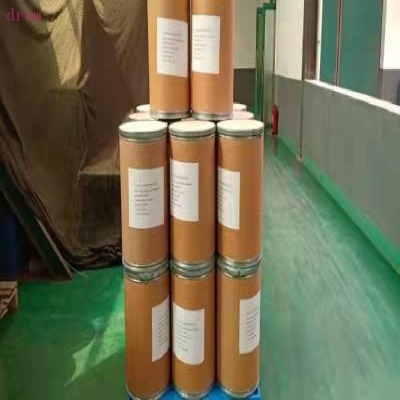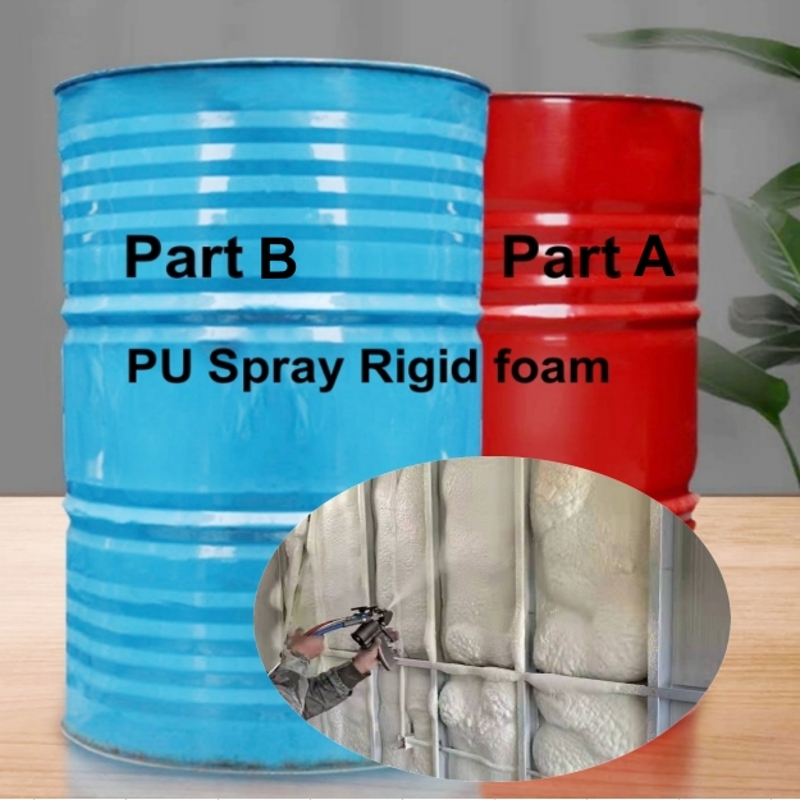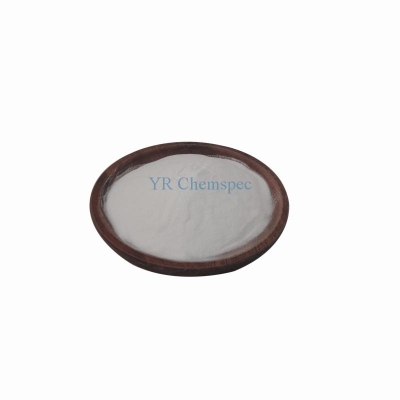-
Categories
-
Pharmaceutical Intermediates
-
Active Pharmaceutical Ingredients
-
Food Additives
- Industrial Coatings
- Agrochemicals
- Dyes and Pigments
- Surfactant
- Flavors and Fragrances
- Chemical Reagents
- Catalyst and Auxiliary
- Natural Products
- Inorganic Chemistry
-
Organic Chemistry
-
Biochemical Engineering
- Analytical Chemistry
- Cosmetic Ingredient
-
Pharmaceutical Intermediates
Promotion
ECHEMI Mall
Wholesale
Weekly Price
Exhibition
News
-
Trade Service
7.
(1) Qualitative target compound
Qualitatively based on the retention time of each component of the standard material and comparison with the standard mass spectrum
(2) Quantitative calculation
1.
The relative response factor RRF i of the target (or substitute) in the ith point of the standard series is calculated according to formula (1)
(1) In the formula, A i — the response value of the quantification ion of the ith target (or substitute) in the standard series;
A ISi -the response value of the internal standard quantitative ion corresponding to the i-th target (or substitute) in the standard series;
p IS —the mass concentration of the internal standard in the standard series;
P i —the mass concentration of the target substance (or substitute) at the i-th point in the standard series
The average relative response factor of the target (or substitute) is calculated according to formula (2)
2.
When the target (or substitute) is calibrated with an average response factor, the mass concentration p ex (ug/L) of the target (or substitute) in the sample is calculated according to formula (3)
In the formula, A x -the response value of the target (or substitute) quantitative ion;
A IS —The response value of the internal standard quantification ion corresponding to the target (or substitute);
P IS —the mass concentration of the internal standard, ug/L
8.
(1) The analysis result of the blank test should meet the greatest of any of the following conditions:
①The concentration of the target substance is less than the detection limit of the method;
②The concentration of the target substance is less than 5% of the relevant environmental protection standard limit;
③The concentration of the target substance is less than 5% of the sample analysis result
(2) At least one transportation blank and full procedure blank should be collected for each batch of samples
(3) Before analyzing each batch of samples or within 24 hours, it is necessary to check the performance of the instrument, determine the calibration confirmation standard sample ( 4-bromofluorobenzene ) and blank sample, the relative abundance standard of 4-bromofluorobenzene ion should refer to HJ643-2013
(4) The configuration of the standard series should be at least 5 points, and the configuration mass concentration range should cover the mass concentration of the sample to be tested
(5) Each batch of samples should be analyzed in parallel or matrix spiked analysis
If it is preliminarily determined that the sample contains the target substance, a parallel sample needs to be analyzed, and the relative deviation of the substitute in the parallel sample should be within 25%; if the sample is preliminarily determined that the target substance is not contained, the spiked sample of the sample needs to be analyzed.
Nine, matters needing attention
(1) There are many processing steps for the leachate, and each link should be strictly controlled during the preparation, transfer and storage of the leachate, and the introduction of external interference should be avoided as much as possible
.
(2) Waste samples such as solid waste samples and waste liquids containing volatile organic compounds generated in the experiment should be stored in a centralized manner and be handled by qualified relevant units to avoid environmental pollution
.
Related Links: Determination of 37 Volatile Organic Compounds/35 Volatile Halogenated Hydrocarbons in Solid Waste Headspace/Gas Chromatography-Mass Spectrometry (2)







